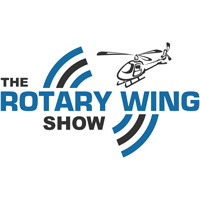Podcast: Play in new window | Download
Subscribe: Apple Podcasts | RSS
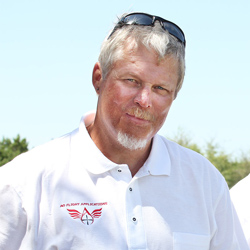
Imagine you are sitting in an apache cockpit during a refueling operation. Suddenly the world outside, in every direction you look, is one giant fireball. You can feel the heat cooking through through the windshield. What do you do next?
That is the situation that today’s guest Boyd ‘Skip’ Tackett found himself in. He received second and third degree burns over 42% of his body in his escape and credits the fire resistant clothing he was wearing with his life. Skip has been sharing his story with aircrew for the last 2 decades to drive home the message of the importance of wearing the right gear and being prepared because you never know if your next flight could be one that puts you in a life threatening situation. He hopes to avoid other aircrew avoid the recovery process he went through where “there is not enough morphine in the world” to treat the pain of such extensive burns.

In 1994 Skip was the rear seater of an AH-64A Apache that had just landed at a field hot refuel point. As they started to take on fuel, a fault in the hose pressure nozzle caused fuel to spray up into the rotors, splash against the cabin and into the inlet of the right hand engine. The accompanying vaporisation of the fuel along with the hot engine exhaust immediately caused a fireball to engulf the aircraft and continue to burn. Skip and his co-pilot had to exit the aircraft through the flames or be cooked inside. Skip covers the incident and the steps involved in the escape in the interview.
His story provides a big wake up call for all aircrew to revisit the clothing and equipment you fly with and have on your person. In a situation like this there was no time to reach for or put on other equipment. It also emphasises regular evacuation rehearsal as both Skip and his co-pilot in the rush to exit and confusion failed to properly release their shoulder straps, wasting precious seconds.
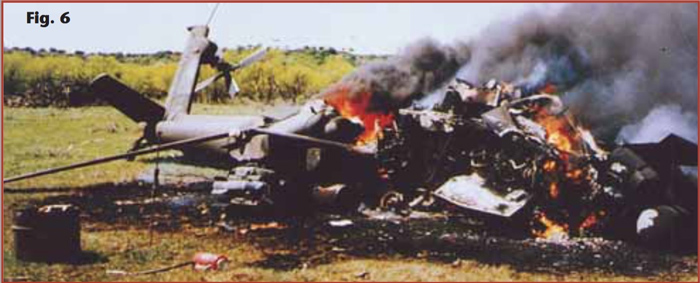
What you should wear:
* NOMEX or similar flame resistant material outer layer.
* Natural fiber (wool, cotton, silk) underwear covering as much of your body as practical.
* Alternatively a flame resistant material clothing under flight suit. Skip recommends
Massif and DriFire as places to start looking at these.
Stay away from synthetics (eg. polyester, nylon) unless they are especially designed for fire protection. When they burn they turn to liquid and can melt into the skin. The only way to remove the material then is to cut the skin off.
To their credit one popular manufacturer of tactical/sports wear clothing has this text on their website product listing:
“WARNING! This product will melt when exposed to extreme heat or open flames, posing a risk of serious injury where melted product comes into contact with skin! “
For those in white shirts and gold bars charter situations there is nothing readily available. From a quick internet search you will have to look like a roadside construction worker or rambo. Massif did prototype a white business-style flame resistant shirt but didn’t receive enough demand for it. If you know of any solutions for corporate work please get in contact.

For even more information and photos on the events of the crash and Skip’s recovery take a look at this article –> AirBeat Article 2010 Tackett Fire
Skip is one of the rare pilots in the world to have considerable hours on both AH-64 Apache and Mi-17 helicopters – machines that are normally in very different national and ideological fleets.
Joining the US Army first as a Ranger, Skip moved into aviation in the Aero Scout mission flying OH-58 Kiowa (see Episode 22 for more information on the Kiowa helicopter type) and then into Apaches as soon as non-Cobra qualified pilot training slots became avaliable.
As an Apache driver Skip conducted deep strike missions against Iraqi armour units during the Gulf War. He became a Master Gunner and was involved in a number of unique capabilities with the introduction of the Apache Longbow into Army service including replicating the airborne fire control computer targeting data transmission into a laptop system for use on firing ranges, using a similar system to pass targeting data from Apaches to F-16s and developing procedures for mixed Apache/UAV hunter killer teams.
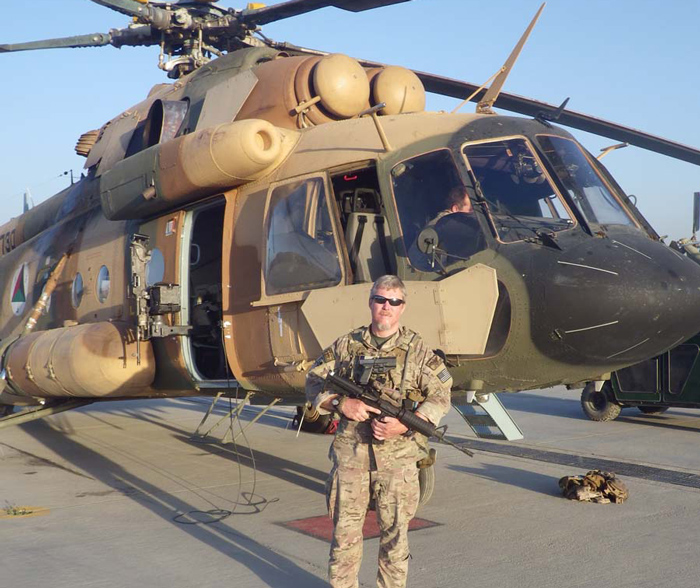
Jumping forward in time we find Skip, now out of the Amy, piloting Mi-17s in Afghanistan in combat operations as Chief Pilot for Northrup Grumman on a Special Operations Counter Narco-Terrorism program. While we don’t go into these operations in detail in the interview, Skip had a number of close calls that he indicates the robust construction and massive power of the Mi-17 engines was what got them home safely. In that operating area and its high altitudes the Mi-17 was one of the most capable rotary wing assets in country.
Skip is currently President of Utility Aviation, Inc., a wholly owned subsidiary of Brunner Aerospace which itself has an interesting crew of aviators with unique backgrounds. “Break glass in case of war” is how I would describe them.
Under that umbrella and with G and T Outfitters, Skip trains and flys customers on wild hog eradication flights in Texas, USA. Normally this involves either a Bell 206, MD530F or H125 helicopter with Skip in the pilot’s seat, an onboard safety observer and two client shooters operating over an approved aerial shooting range in the eradication area. The observer doubles as a professional shooter, “We are out there to kill pigs, not just shoot at them”. With 37 years of air gunnery and special operations experience Skip indicates this is a highly controlled activity and they work closely with local wildlife rangers.
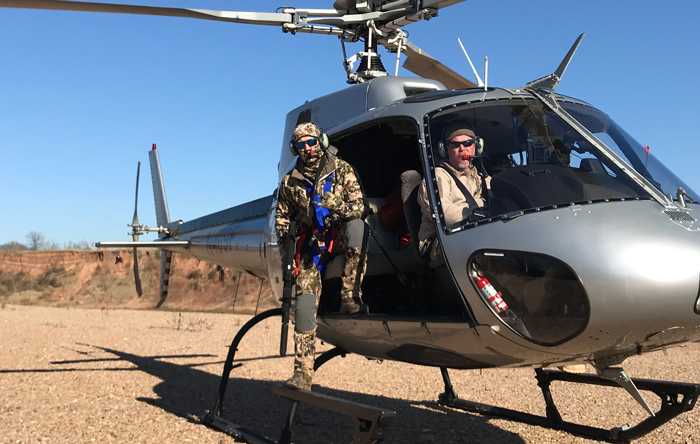
Skip somehow finds time to also be founder/CEO/Chief Pilot of an unmanned drone company focused on high end, professional services to the energy facilities market and law enforcement. Rather than an off-the-shelf consumer drone platform they have gone with one that has been used by special forces overseas and that with the advances in miniaturization of electronics now has many of the capabilities that Skip used to use in the Apache’s nose mounted TADS (Target Acquisition and Designation Sights).
Podcast: Subscribe in iTunes | Play in new window | Download
Links from this week’s episode:
Support the podcast on Patreon
World Helicopter Day
Brunner Aerospace
G and T Outfitters
AO Flight commercial UAS company
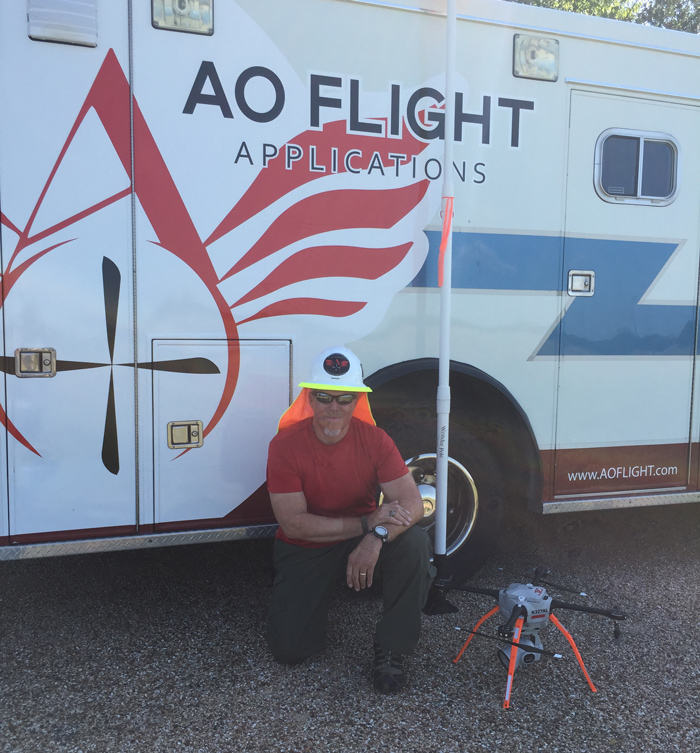
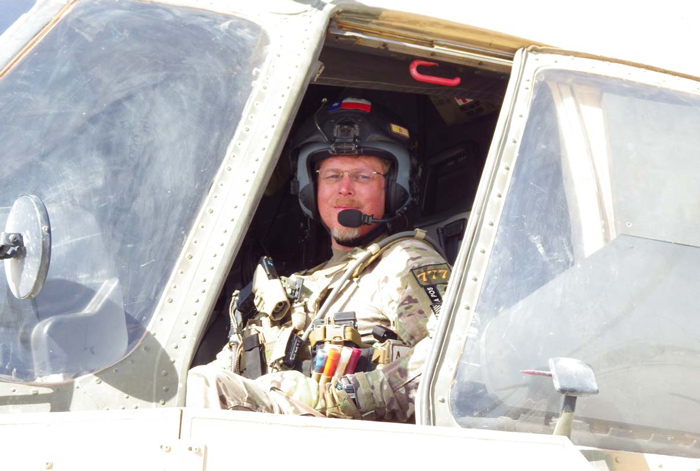
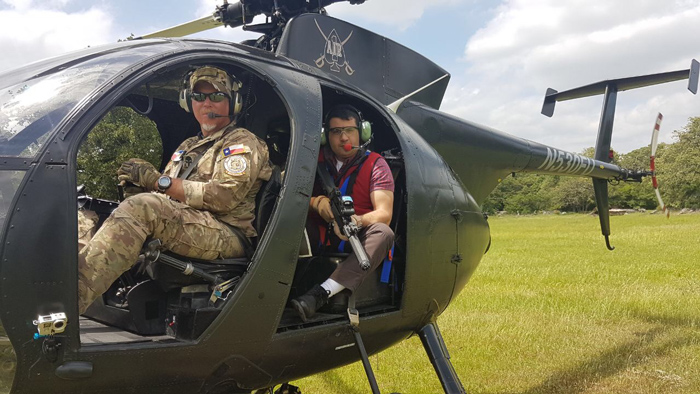
Do you have a question for Skip about protective clothing or his experiences? Have a fire resistant clothing option for charter pilots? Be part of the conversation by leaving a comment below.
